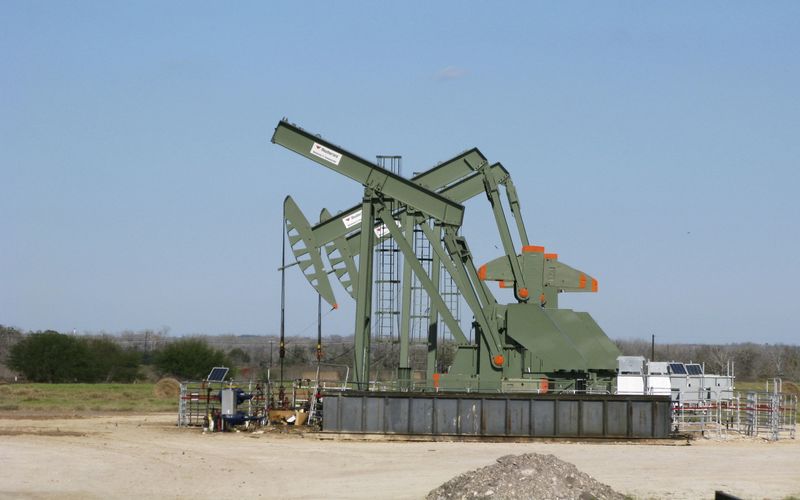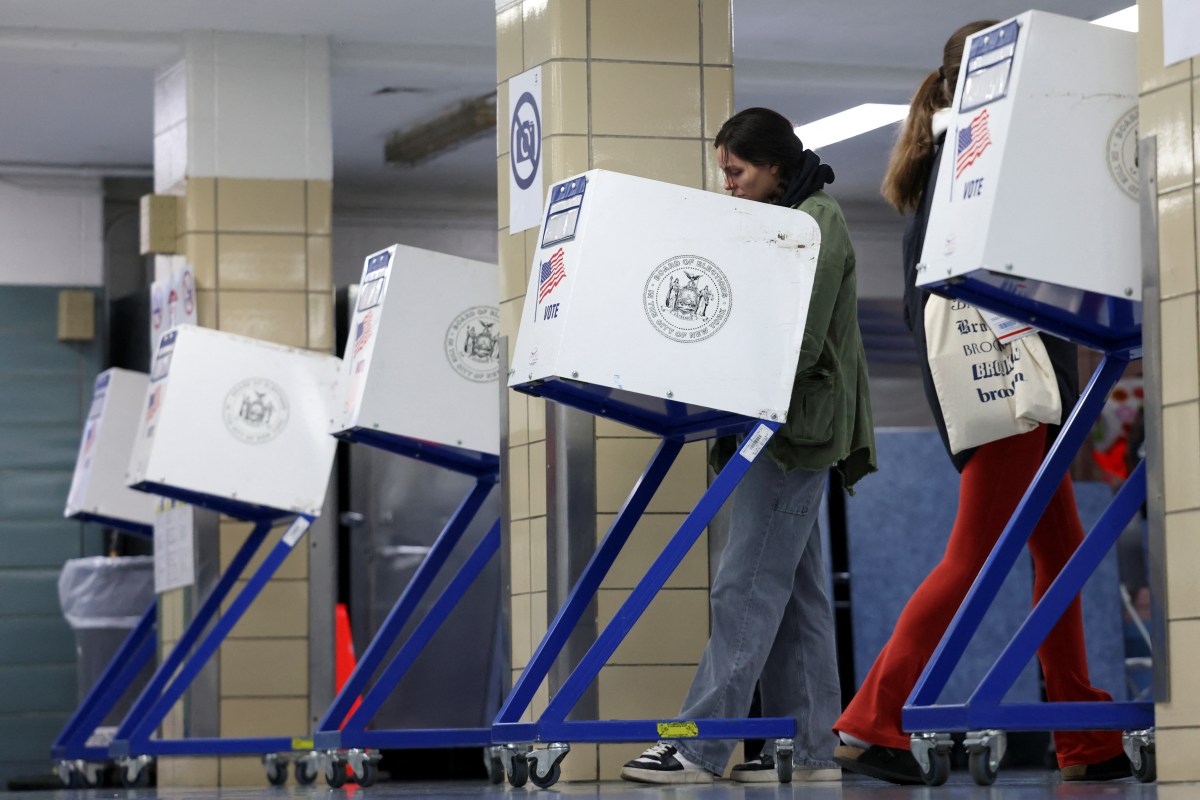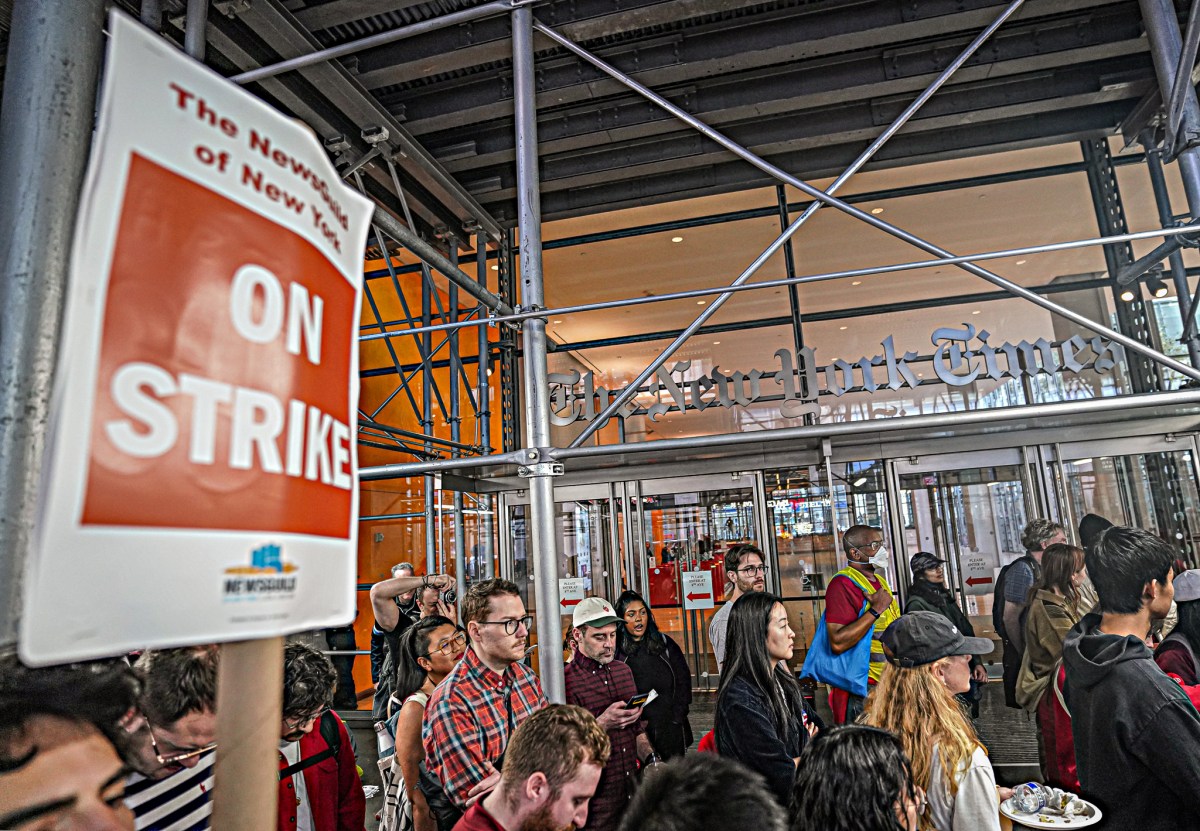NEW YORK (Reuters) – Oil prices rose for a third day on Tuesday after the United States lifted travel restrictions and other signs of a global post-pandemic recovery boosted the demand outlook, while supply remained tight.
The rally came after the U.S. Energy Information Administration (EIA) projected a small increase in gasoline prices for 2021 and 2022 in its latest Short Term Energy Outlook (STEO), compared with its forecasts last month.
U.S. President Joe Biden’s administration has said it would use price forecasts in the STEO report to determine whether to release oil from the nation’s Strategic Petroleum Reserve (SPR).
Analysts said if the STEO had shown a huge rise in projected gasoline prices, the Biden administration was more likely to release a lot of oil from the SPR quickly, which would have depressed prices.
Brent futures rose $1.09, or 1.3%, to $84.52 a barrel by 12:46 p.m. EST (1746 GMT), while U.S. West Texas Intermediate (WTI) crude rose $1.87, or 2.3%, to $83.80.
That put both Brent and WTI on track for their highest closes since Nov. 2.
The price of Brent has gained over 60% this year and hit a three-year high of $86.70 on Oct. 25, supported by recovering demand and supply restraint by the Organization of the Petroleum Exporting Countries and allies, known as OPEC+.
“The (Biden) administration has said they will use data from (EIA’s STEO) report to decide what to do about high energy prices that they blame on OPEC+,” said Bob Yawger, director of energy futures at Mizuho in New York.
OPEC+ added 400,000 barrels per day (bpd) of crude oil to global supply at last week’s OPEC+ meeting. President Biden wanted it to add more. OPEC+ is scheduled to add 400,000 bpd a month through June 2022, Yawger said.
In its November STEO report, the EIA projected retail regular grade gasoline would average $3.00 per gallon in 2021 and $2.91 in 2022. That compares with its outlook in October of $2.97 in 2021 and $2.90 in 2022.
“Any release from the U.S. SPR, although it would likely have a temporary bearish effect on prompt prices, is not a lasting solution for an imbalance between supply and demand,” said Louise Dickson, senior oil markets analyst at Rystad Energy.
Global oil spare production capacity could diminish next year as air passengers return to the skies, removing an important cushion that the market is currently enjoying, Saudi Aramco Chief Executive Amin Nasser said.
Travelers took off for the United States again, while the passage of Biden’s $1 trillion infrastructure bill and better-than-expected Chinese exports helped paint a picture of a recovering global economy.
JPMorgan Chase said global demand for oil in November was already nearly back to pre-pandemic levels of 100 million bpd, following last year’s collapse.
Despite a tight global market, analysts forecast U.S. crude inventories rose for a third straight week, possibly helping to cap further gains in prices. [EIA/S]
The first of this week’s two supply reports, from industry group the American Petroleum Institute, is due later Tuesday.
(Additional reporting by Alex Lawler in London and Aaron Sheldrick in Tokyo; Editing by Steve Orlofsky and Mark Potter)

























